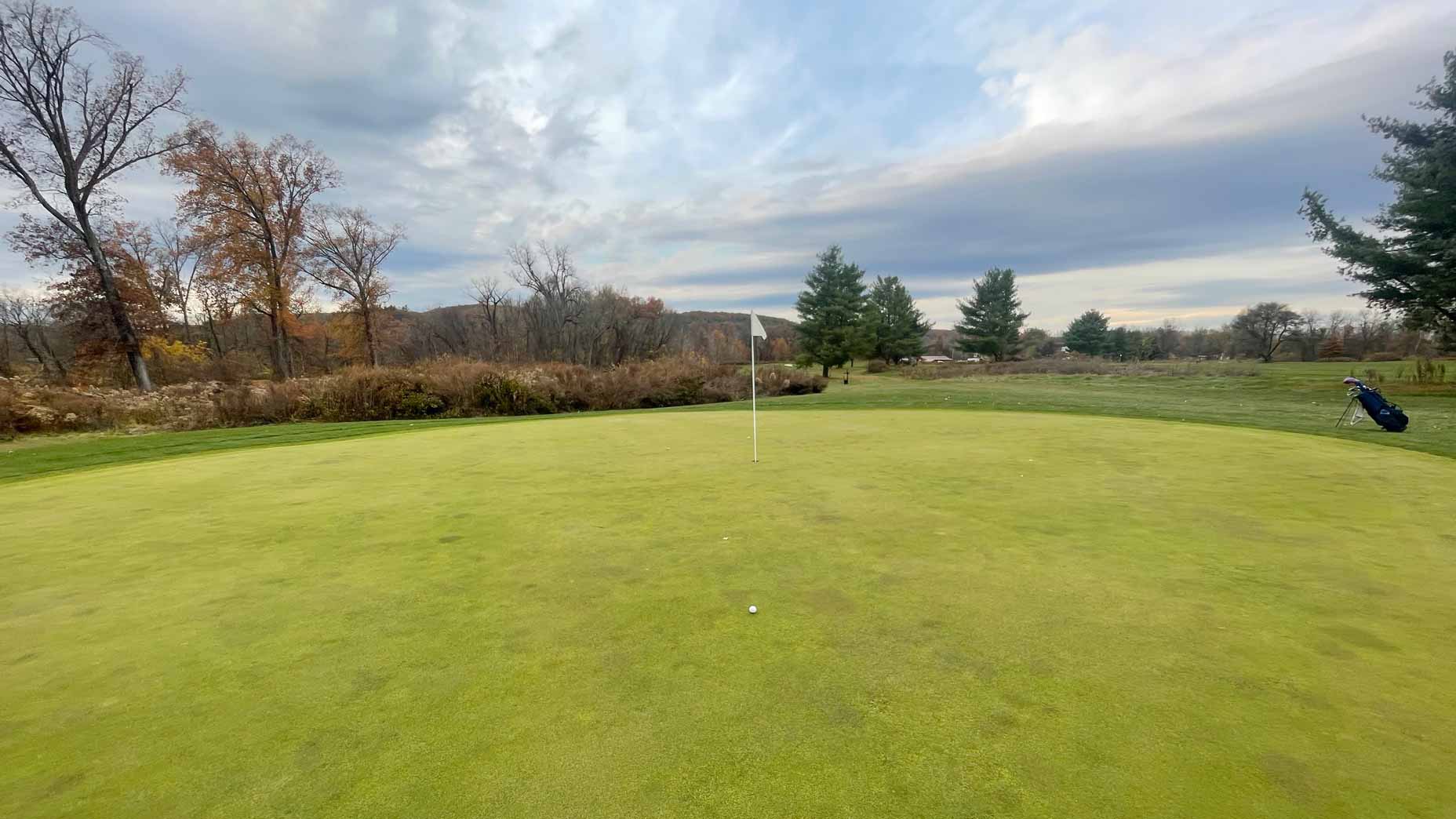When Denmark’s Thorbjorn Olesen clinched his first Ryder Cup bid last week, it prompted a raucous celebration. In mid-August, however, his mood was decidedly darker. Twice in the span of 10 days, his air carrier lost a set of his clubs. Two different sets of clubs — poof, gone. Credit Olesen for making the most of a bad situation. When his first bag eventually reappeared, he gifted it to a Twitter follower.
Tour pros aren’t the only golfers to experience the headache (and sometimes heartache) of airlines misplacing their clubs. The problem is just as likely to afflict, well … you.

So, how best to proceed when your clubs go MIA?
First, don’t panic. “Submit your claim without ranting. Most luggage is just delayed, not lost,” says Gordon Dalgleish, president of PerryGolf, one of the industry’s leading custom travel service companies. “Follow the process described by the airline for tracking luggage. While tempting to call the airline/airport, that will change little. Most airlines update status online. Keep your receipts for all expenses as a result of the delay and be reasonable about costs.”
As long as you file notice of claim within 24 hours, the airline will reimburse you for the actual value of the lost property (less any applicable depreciation) determined by the documented original purchase price, so keep your receipts for whatever items filled your travel bag. For U.S. domestic flights, the maximum reimbursement is $3,500; for international flights, the figures are $9.07 per pound, up to $640 per bag, between destinations where the Warsaw Convention applies.

If your clubs are in “delayed” mode, most airlines will compensate you for the costs of rental clubs, one or two sleeves of balls, a glove, and rental shoes — or possibly a new pair of shoes, provided you show receipts and that the costs are reasonable.
However, the definition of “reasonable” is, at best, elastic and, at worst, inexplicably fuzzy. If you’re a status flyer or someone who flew first-class or business, and you were on your way to an important client function, it’s a lot likelier you’ll have your PXG rentals and new $300 Foot-Joys greenlighted for reimbursement than would if you were sitting in a middle seat at the back of the plane on a once-a-year visit to your in-laws with a golf game or two on tap.
Should you protect your clubs by taking out pre-trip insurance that would guard against their loss in transit? “It’s not necessary,” Dalgleish says. “Your homeowners’ or renters’ insurance will usually take care of that. Of course, you can’t double dip from your homeowners’ insurance and from the airlines. Trip insurance makes sense when it comes to a delay or cancellation of the trip itself, not so much for your golf clubs.”
There are a few precautionary measures you can take to minimize the chance that your clubs go missing — to begin with, book direct flights (or, better yet, fly private!) and make sure your travel bag has your name, phone number and address clearly marked on it — but largely when you travel you’re at the mercy of the golf gods. Stuff happens. So try to remain positive and don’t let the mix-up sour your trip.
Indeed, there’s really only one way to guarantee your clubs arrive with you: buy them a seat next to you.






